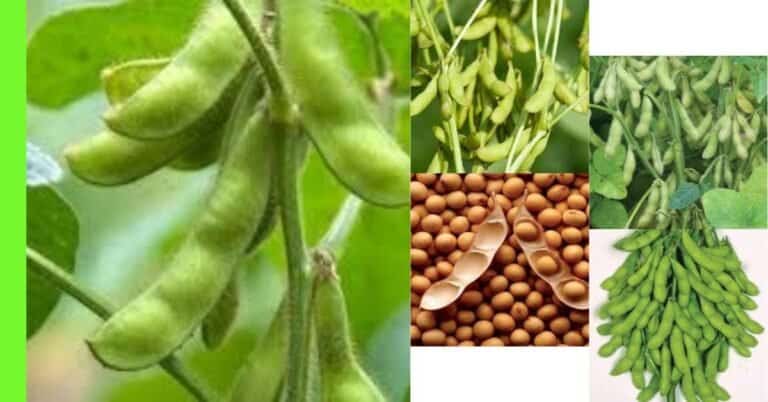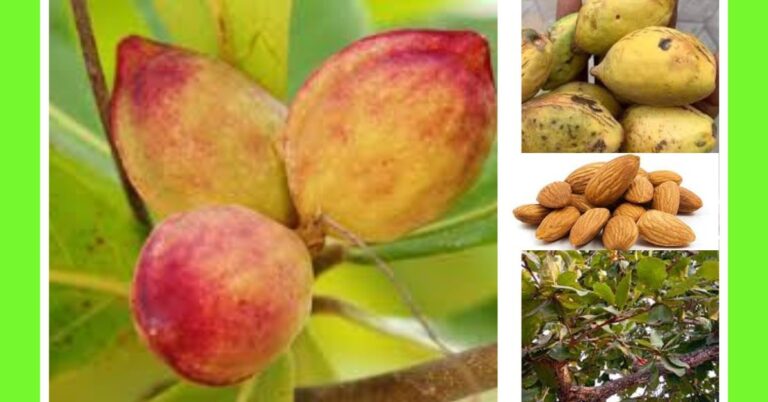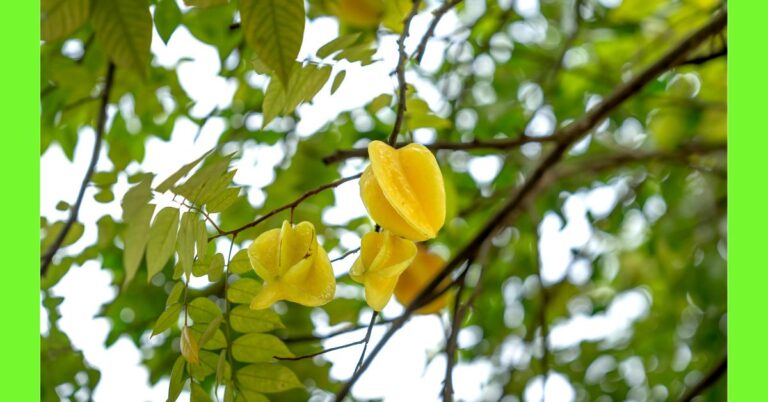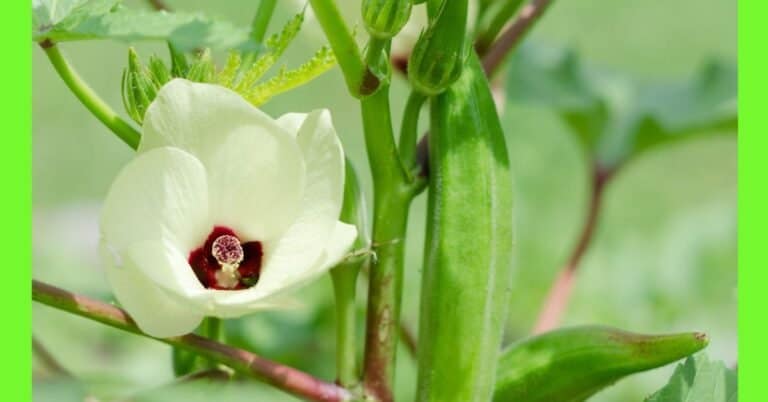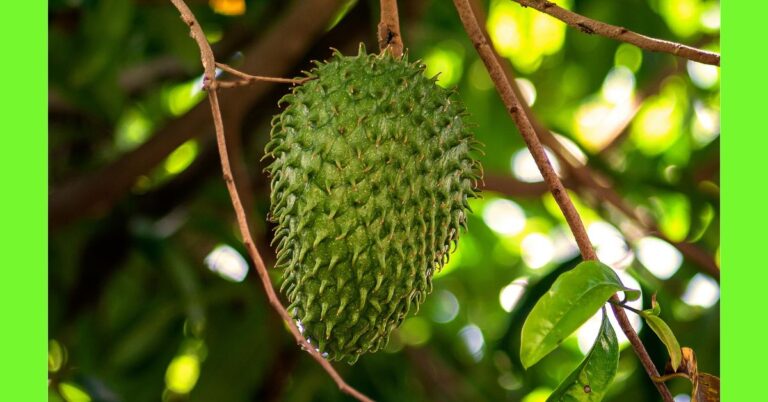Planting Oil Palm: See How To Plant Oil Palm
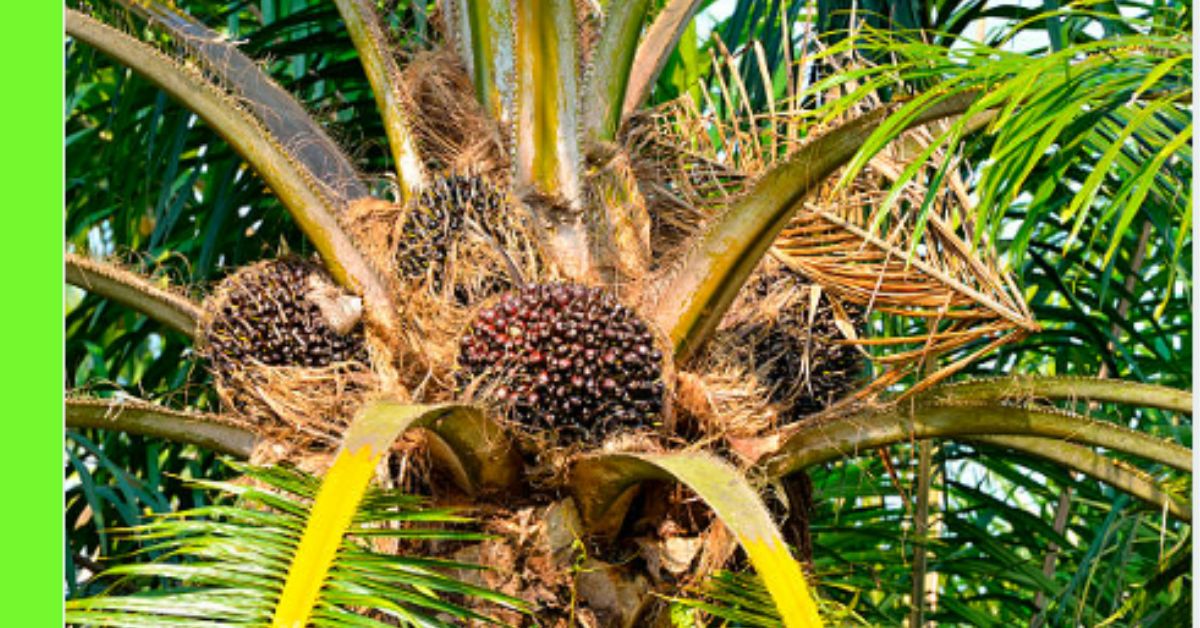
Oil palm (Elaeis guineensis) is a tree grown mostly for both palm oil and kernel oil which is found useful in several industries and for home use as well.
Description of Oil Palm Tree
The oil palm has a single stem that grows upright to a height about 20 m (65.6 ft) or more.
The stem also called trunk are rough in appearance this is because the stem is usually wrapped in fronds
This is mostly the case for young or matured trees, as they get older the trunk becomes smooth aside the scars from fronds that have fallen off.
It’s a monoecious crop (having separate male and female flowers on the same plant),
The tree lives up to a 100 years or more
But when cultivated commercially it’s usually replanted every 25 to 30 years because at this point the yield begins low.
The leaves of the plant are pinnate and are about 2.5 m ( 8.2 ft) to 4 m (13.1 ft ) long or more, a plant can produce about 20 to 30 leaves in a year.
The tree produces fruits which are in bunches that weigh about 20 kg to 25 kg and on average house 1000 to 3000 fruits.
These fruits are oval in shape; they are about 4 cm (1.6 in ) in length and dark purple or black but they turn to a reddish orange or a mixture of reddish orange and black when ripe.
The fruit is made up of the flesh (mesocarp) and hard kernel known as the seed.
The kernel is enclosed in a shell (endocarp) that’s dark brown in colour, the kernel itself is black on the outside and white on the inside.
Planting Season For Oil Palm Tree
The time to plant oil palm is at the beginning of the rainy season,
During this period the plants develop their roots before the dry season.
This is between March to October in Southern Nigeria,
In the Northern region June to September and the Central Region or Middle Belt April to September.
Planting Oil Palm Tree
Step 1: Choose a Location
This are so things to consider when growing oil palm tree
If you are growing it at home one plant is enough for a household
Except you are growing it for other purposes and have the space in your home to accommodate it.
You need to understand that oil palm is a tree, different from shrubs and vegetables
And it has a long life span
So be ready to dedicate a location to it for the long term.
Avoid it been close to the house fence
Choose a location that has enough exposure to sunlight.
Commercial cultivation
Get a piece of land large enough to accommodate the number intended for planting.
Avoid short term land leases.
Generally, avoid waterlogged areas.
Step 2: Land Clearing and Preparation
Clear the chosen location, remove trees, shrubs, grasses or weed
For large sites large machinery like tractors are employed to clear the site.
It’s important to note that the land should not be cleared too far apart from the time intended for planting.
This is to avoid exposing the bare soil to much sunlight.
Step 3: Means of Propagation (Seed Selection)
Oil palm is propagated by the seed, this is the kernel,
To grow oil palm it’s common purchase seedlings and transplant
There are various varieties of oil palm present in Nigeria
At the end of this article will look at the different varieties in details
Decide on which variety to plant,
Then purchase it from a garden store
When picking seedlings, pick the ones that are good looking.
When growing from seed it takes about 6 to 12 months for the seedling to grow at the nursery before being transferred to the field.
Step 4: Planting
Map out the spot where each seedling will be placed in the soil.
Spacing for growing oil palm 9 m by 9 m by 9 m allows for 145 plants
Or 7.8 m by 9 m this allows for 143 oil palms.
Once this is done, make a hole large enough to accommodate the the seedling
Place the seedling into the soil and cover with soil.

Image Source: FAO
Step 5: Water
Water the seedlings immediately after planting
Because the crop is planted during the rainy season, watering daily at this point may not be necessary,
However, ensure there is a good irrigation system in place to water the crop when the need arises.
A single plant will need about 25 to 50 liters of water in a day.
Maturity and Harvest
Oil palm trees begin to produce fruit 2 ½ to 3 years after planting it on the field depending on the variety.
The fruits take about 5 – 6 months to come to maturity after pollination.
Care has to be taken in deciding when to harvest the fruit,
A bunch is ready for harvest when the fruit turns red and about 5 to 8 fruits drop on the ground,
Make sure not to harvest too early or later any of this affects the quantity of oil produced
If the fruits are harvested too early the fruits will be unripe and difficult to take off the bunch,
As well as low oil quantity.
If harvesting is delayed, it takes longer time to harvest (lots of fruits fallen off the bunch to gather),
This will also give low quality and quantity of oil.
The bunch is harvested with a cutlass, sickle or an oil palm harvester.
Harvesting is done 12 to 14 times in a year
And about 30 tonnes per hectare is produced
Soil Fertility
Apply manure to the soil before and during planting
After about a month of planting apply manure to the plant, apply the manure around the plant beneath the longest leaf.
Do not bring it too close to the young plant.
Use much to cover the soil around the plant.
The major nutrient that oil palm tree needs is nitrogen and potash
It needs more nitrogen when it’s young and potash when it’s about to produce fruits.
Pest and Diseases
Diseases
- Bacterial bud rot (Erwinia spp).
- Ganoderma butt rot (Ganoderma spp).
- Oil palm wilt (Fusarium oxysporum)
- Pestalotiopsis leaf spot (Pestalotiopsis spp).
Pests
- Grasscutter
- Mealybugs (Dysmicoccus brevipes)
- Bat
- Rhinoceros (Oryctes ), Augosome and Strategus beetles
- Palm weevil (Rhynchophora)
Pest and Disease Control
- Be careful not to wound the tree to avoid pests from laying eggs on them.
- Use wire mesh to protect young plants from pests.
- Make sure to remove weeds often.
- Cut off dry leaves from the tree
Varieties of Oil Palm in Nigeria
There are basically three types of oil palm variety this are
- Dura palms (kernels with a thick shell).
- Pisifera palms (kernels with no shell).
- Tenera palms (kernels with a thin shell).
Tenera is the most popular variety for commercial cultivation of oil palm.
But over the years various hybrids have emerged
In Nigeria today there are several varieties in the market today some of which are
- NIFOR Oil Palm Seedling
- Tenera Oil palm Seedlings
- Hybrid Tenera oil palm seedling
- Malaysian Oil Palm Seedlings
- Supergene seedling (Malaysian Dwarf Oil palm)




